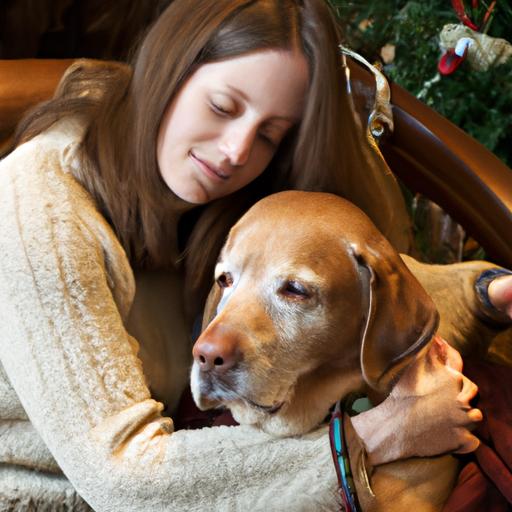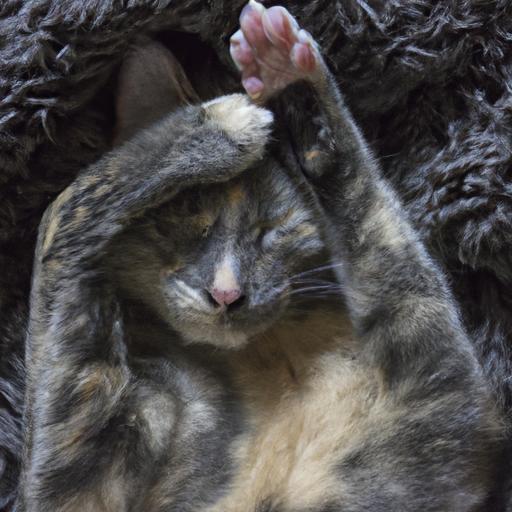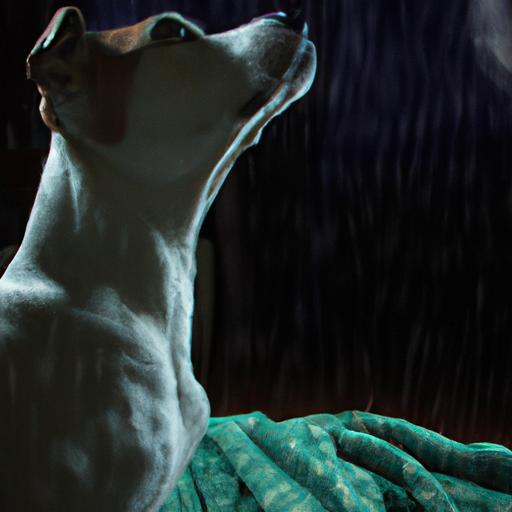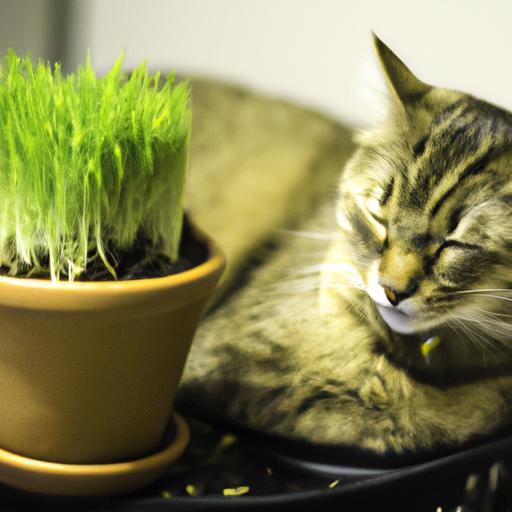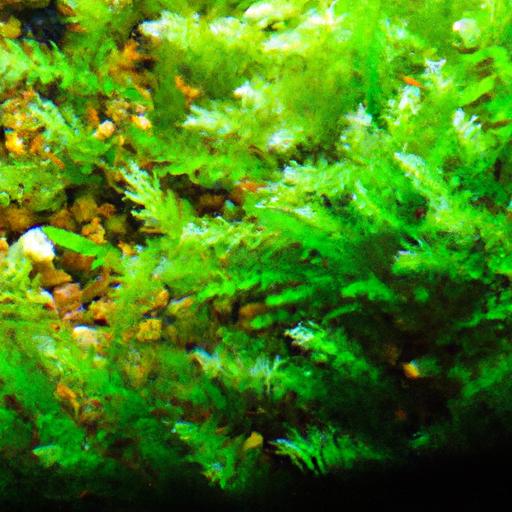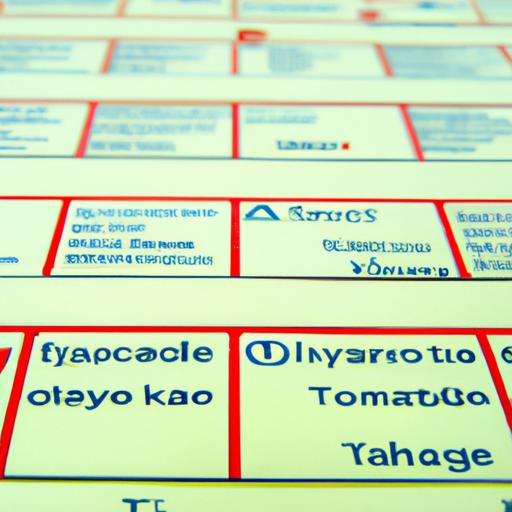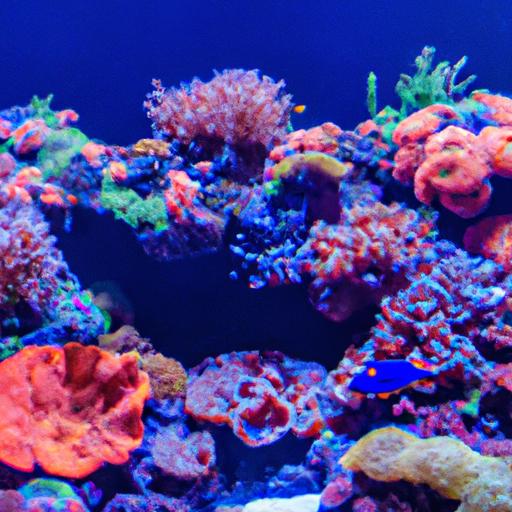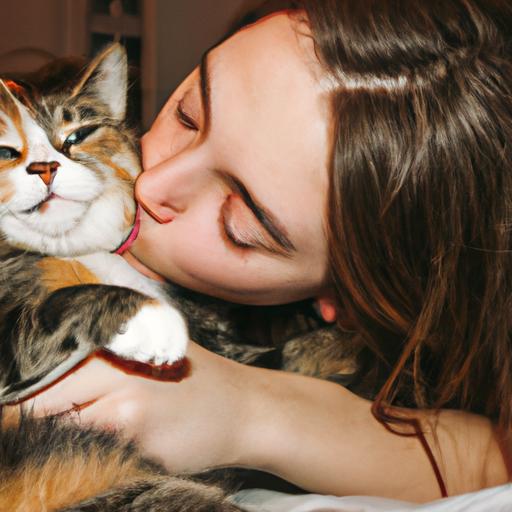
Cat Behavior: The Significance of Head Bunting
Discover the importance of head bunting in cat behavior. Learn how this feline communication signifies trust, bonding, and territorial marking.
Introduction
As cat owners, we often find ourselves captivated by the mysterious behaviors exhibited by our feline friends. From their mesmerizing gaze to their graceful movements, cats have an innate ability to communicate with us in their unique way. One such behavior that holds great significance in the feline world is head bunting. In this article, we will delve into the world of cat behavior and explore the importance of head bunting in their communication repertoire.
Cat Behavior: The Significance of Head Bunting
Understanding Head Bunting
Head bunting, often referred to as “bunting,” is a behavior where cats gently rub their heads against objects, people, or other animals. This action involves the cat pressing their scent glands located on their cheeks and forehead onto the subject of their bunting. While it may seem simple, head bunting is a complex behavior with various meanings.
Reasons for Head Bunting
-
Communication: Cats are known to be solitary animals, but they possess a strong need for social interaction. Head bunting is a way for cats to communicate with their surroundings. By leaving their scent on objects or individuals, cats mark their territory and create a sense of familiarity. This behavior conveys a message of acceptance and belonging.
-
Bonding: Head bunting is also a way for cats to strengthen bonds with their human companions or other animals. When a cat head bunts a person or another pet, it signifies a level of trust and affection. It’s their way of saying, “You are part of my family.”
-
Scent Exchange: Cats have a highly developed sense of smell, and through head bunting, they exchange scents with their surroundings. This exchange allows them to gather information about their environment, including the presence of other animals or potential threats.
FAQ about Cat Head Bunting
What does it mean when a cat head bunts?
When a cat head bunts, it is a sign of familiarity and acceptance. They are marking their territory and letting others know that they feel comfortable in their surroundings.
Is head bunting a sign of affection?
Yes, head bunting is often considered a sign of affection. Cats reserve this behavior for individuals they trust and feel a connection with, whether it’s their human companions or other animals in their social circle.
Can all cats head bunt?
Most cats engage in head bunting behavior, but it may vary from cat to cat. Some cats may be more inclined to head bunt, while others may rely on different forms of communication to express themselves.
How can I encourage my cat to head bunt?
To encourage head bunting, create a safe and comfortable environment for your cat. Spend quality time with them, provide enrichment activities, and engage in gentle petting sessions. This will help foster trust and strengthen the bond between you and your feline companion.
Conclusion
In the intricate world of feline behavior, head bunting holds great significance. It serves as a means of communication, bonding, and scent exchange for our beloved cats. By understanding and appreciating this behavior, we can create a deeper connection with our feline friends. So, the next time your cat head bunts you, embrace it as a gesture of trust and affection. Remember, head bunting is their way of saying, “You are an important part of my life.”














